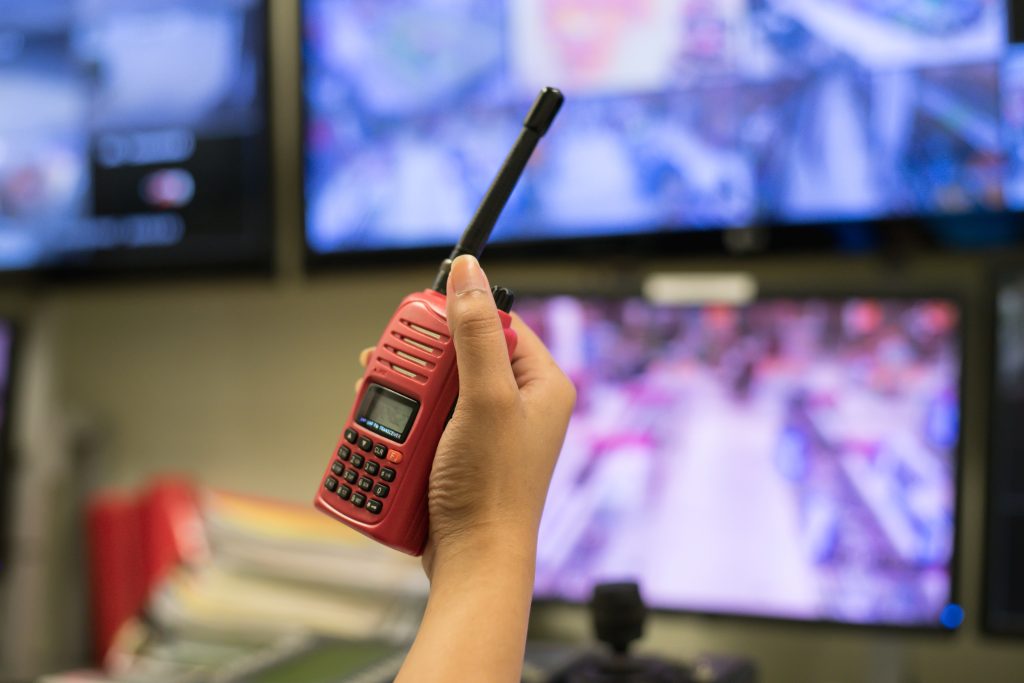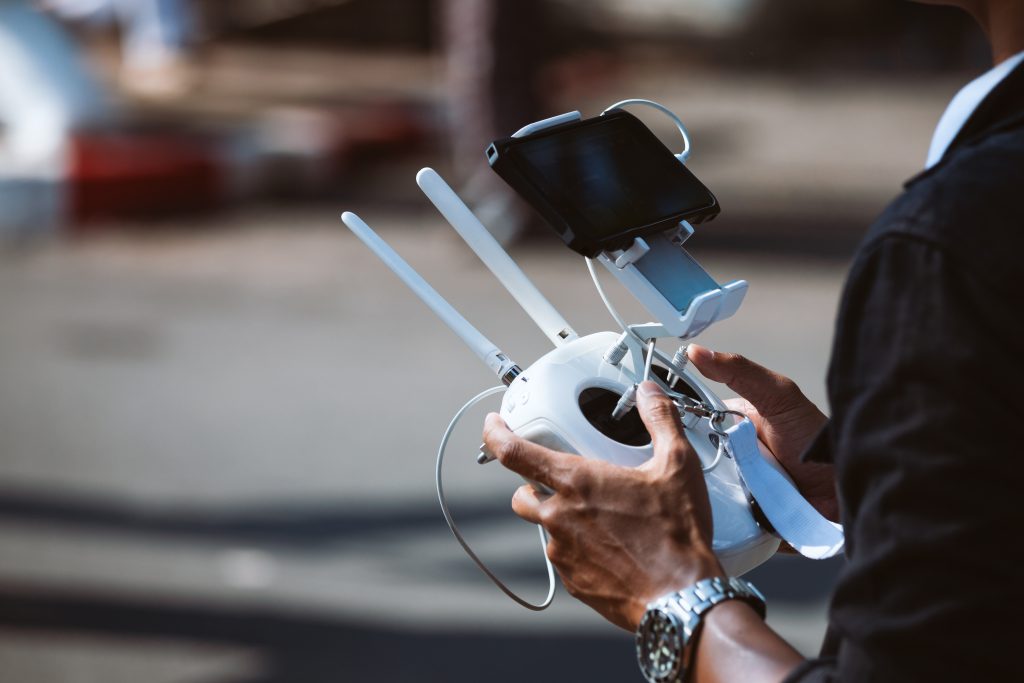Wireless Cameras Signal Range: Know How Far They Can Go

Wireless security cameras are a popular way to monitor homes, businesses, and other properties. Their versatility and ease of installation make them an attractive option. However, it’s important to understand what affects the signal range when setting up a wireless camera system.
In urban areas with more buildings, wireless signals often only reach 2-4 miles. There is more interference. Rural locations allow signals to travel farther with fewer obstructions. Understanding the environment is key for getting the most out of wireless cameras. Proper placement and positioning can maximize signal strength.
With the right precautions, wireless cameras are a flexible security solution. Learning about signal range helps pick the right equipment and spots for installation. A well-planned system allows keeping an eye on things from afar. Wireless cameras bring peace of mind through remote monitoring and surveillance.(1)
Key Takeaway
- Wireless cameras can have different signal ranges based on their environment.
- The power of the transmitter affects how far the signal can reach.
- Knowing the factors that influence signal range helps in choosing the right camera.
Understanding Signal Range
Credits : How To with Doc
Wireless camera signal range is one of the most critical factors when setting up a security system. A wireless camera’s signal range determines how far it can transmit images and videos to a receiver without losing quality. Factors such as obstacles, interference, and the strength of the transmitter can all influence the performance of your setup.
For example, open spaces, such as rural areas, allow signals to travel much farther than urban environments where buildings, walls, and other obstructions interfere. Proper placement is key to maximizing signal strength. Place cameras in locations with minimal interference for better coverage.
A basic understanding of how signal range works empowers you to choose equipment that fits your specific needs. Whether you need long-range cameras for wide spaces or compact devices for closer monitoring, learning about signal range ensures you’re set up for success.
Maximize the efficiency of your wireless cameras by understanding the range limitations and capabilities. With the right knowledge, you can overcome obstacles and enjoy clear, uninterrupted video streams.
Take the first step toward optimizing your setup today! Visit our full guide for tips and product recommendations.
Types of Signals

Wireless security cameras rely on different types of signals to transmit data, each with unique advantages and limitations. Understanding these signal types helps you select cameras suited to your specific needs.
Radio Signals are commonly used for long-range transmission, as they travel through the air effectively and can maintain strong connections over large distances. These are ideal for expansive properties or areas with minimal obstructions.
Wi-Fi Signals offer the convenience of integrating with existing networks, allowing you to monitor live feeds from your phone or computer. However, they are sensitive to interference from walls, appliances, and other devices. Proper router placement is essential for maintaining a strong Wi-Fi connection.
Infrared Signals are specialized for night vision, enabling cameras to capture images in complete darkness. These signals enhance security at night, especially for outdoor monitoring.
Knowing which signal type aligns with your setup ensures efficient camera performance. For example, radio signals work well for open areas, while Wi-Fi cameras are best for homes with robust networks. Infrared capabilities add value for round-the-clock security.
Ready to choose the perfect wireless cameras? Browse our selection to find models tailored to your needs!
Factors Influencing Signal Range
When Katie set up wireless cameras at her farm, she learned what makes the signals stronger or weaker. Knowing these things helped Katie get the best range from her cameras.
- Frequency – Lower frequency signals go farther. Some of Katie’s cameras use low frequencies and can send signals for miles! Higher frequencies don’t go as far, maybe just a few hundred feet.
- Obstacles – In the city, tall buildings can block signals. But Katie’s farm has big open fields. With fewer obstacles, the signals can travel really far.
- Transmitter Power – Strong transmitters in the cameras send signals farther. Katie was careful to choose cameras with powerful transmitters. This lets her put cameras far from the receiver.
- Receiver Sensitivity – Sensitive receivers can pick up even weak signals. Katie’s receiver is very sensitive. It can get the signal even if the camera is far away.
By learning about these things, Katie set up her cameras in the right spots. She kept them away from buildings and trees that might block the signal. Now Katie’s cameras can clearly monitor her whole property!
Signal Range in Cellular Networks

When Mike was picking out wireless cameras to monitor his store, he learned about how cell signals affect the range. Knowing about 4G and 5G helped Mike choose the right cameras.
- 4G Technology: Most 4G cameras can send signals 2 to 4 miles away. This was good enough range for Mike’s needs. He has a medium-sized store in the suburbs.
- 5G Technology: Newer 5G cameras have shorter range, about 1 to 3 miles. Some small cells only reach very short distances. 5G works great in big cities, but not always in rural areas.
Learning about 4G versus 5G signal ranges helped Mike make good choices. He went with 4G cameras since his store is not right in the city. Now Mike’s cameras can keep an eye on things both inside and outside his store.
Understanding signal range for cellular networks is important for picking the right wireless cameras. It also helps know where to install the cameras so they work properly. Mike used his knowledge to set up cameras that monitor his store clearly.(2)
Wi-Fi Signal Strength
When Amy set up a new wireless security camera at home, she wanted to make sure it had a strong Wi-Fi signal. The signal strength is measured in decibels (dBm). Different levels tell Amy how well her camera will work.
- -30 dBm – This is a very strong signal when the camera is close to the Wi-Fi router. Amy will get super clear video with no delays.
- -67 dBm – A good signal like this lets the camera stream video smoothly. Picture quality will still be great.
- -70 dBm – This signal is okay for basic stuff like web browsing. But video may not be as crisp.
- -80 dBm or lower – This is a weak signal. Amy’s camera might have trouble sending images and video at this level.
Checking the dBm helps Amy know if her camera’s signal is strong enough. If it’s low, she may need to move the camera closer to the Wi-Fi router. Knowing the signal strength helps Amy’s wireless camera work its best!
Conclusion
To sum up, learning about wireless camera signal range helps people pick and set up the right cameras. The distance a camera can send strong signals matters for getting clear pictures. Things like frequency, obstacles, transmitter power, and receiver sensitivity affect the range.
Understanding these factors allows properly positioning cameras so they can do their job. With good signals, wireless cameras become useful tools for security, baby monitoring, and more. Taking the time to learn about signal range leads to wireless camera success! .
FAQ
What affects the range of wireless cameras, and how can I extend it?
The range of wireless cameras depends on factors like building materials, interference from other devices, and the type of wireless technology. You can use range extenders, high gain antennas, or access points to boost the wifi signal and cover large areas. Modern dual band routers that support both 2.4GHz or 5GHz frequencies also help improve the wifi range.
How does a wifi security camera maintain video quality over longer distances?
A wifi security camera may reduce video quality if the wifi signal is weak. Using a 4GHz WiFi network and positioning your main router closer can improve stability. Cameras with ai powered features or crystal clear 2k video support can handle long range transmission better with fewer interruptions.
What’s the difference between wireless IP cameras and wired IP cameras?
Wireless IP cameras transmit video and audio signals using radio waves, avoiding the need for ethernet cables. However, they might experience signal interference. Wired IP cameras offer stable connections via network cables but require a power supply and are less flexible to install in large areas.
Can physical barriers affect the range of wireless cameras?
Yes, physical barriers like walls made of dense materials or metal reduce the actual range achieved by wireless camera systems. To minimize this, place cameras in a clear line of sight or use devices like wifi extenders or poe injectors for better signal strength across large areas.
How do wire free cameras and battery powered models work in outdoor settings?
Wire free cameras are portable and rely on battery power, making them perfect for outdoor security in remote locations. Some models include solar panels to extend runtime. Ensure they have features like infrared night vision and strong video transmission for effective use in long range security setups.
References
- https://alfred.camera/blog/how-far-away-can-a-wireless-security-camera-work/
- https://www.getscw.com/ip-camera/wifi-enabled